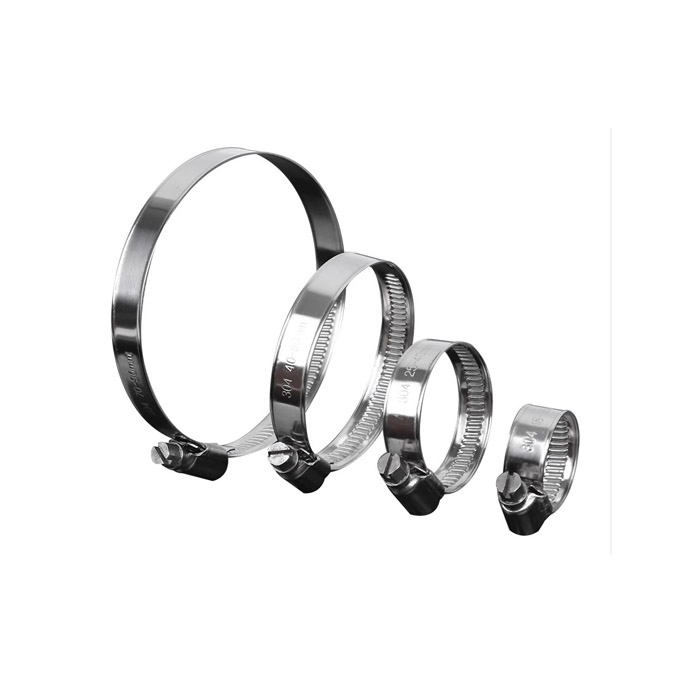- Phone:+86-17331948172 +86-0319-8862898
- E-mail: inquiry@puxingclamp.com
Nov . 07, 2024 22:23 Back to list
Flat Steel Strip Production Techniques and Applications for Industrial Use
The Versatility and Applications of Flat Steel Strips
Flat steel strips, also known as flat steel sheets or bands, are an essential form of steel product widely employed across various industries. Their unique properties and versatile applications make them a crucial material in manufacturing, construction, automotive, and even the artistic sectors. In this article, we explore the production, characteristics, and multifaceted uses of flat steel strips, shedding light on why they are a staple resource in modern industry.
Production Process
The production of flat steel strips typically begins with the melting of iron ore in a blast furnace. The molten steel is then refined to remove impurities. Following this process, the steel is cast into slabs or blooms, which are ultimately reheated and hot-rolled into thin sheets or strips. Flat steel strips can also be produced through cold rolling, a process that enhances their surface finish and allows for tighter tolerances.
Flat steel strips can vary in thickness, width, and finish, catering to the specific requirements of different applications. With advancements in technology, manufacturers can also produce coated variants, such as galvanized steel strips, which resist corrosion and enhance longevity.
Key Characteristics
Flat steel strips are prized for several intrinsic properties. Their strength-to-weight ratio makes them ideal for applications where weight-saving is crucial without sacrificing structural integrity. Additionally, they possess excellent machinability, allowing for easy processing and fabrication, thus meeting the design specifications of various products. The surface finish of flat steel strips can be smooth, rough, or coated, providing flexibility for aesthetic and functional considerations.
Moreover, flat steel strips can be manufactured from various grades of steel, including carbon steel, stainless steel, and alloy steels. This versatility enables engineers and designers to select the appropriate material that meets specific mechanical properties and environmental resistances required for their projects.
flat steel strip

Versatile Applications
1. Construction Industry In construction, flat steel strips are integral components in the framing of buildings, providing structural reinforcement. They are often used in beams, columns, and as base plates for various construction elements. Their durability and strength make them suitable for both residential and commercial constructions.
2. Automotive Manufacturing In the automotive industry, flat steel strips are extensively used in the production of car bodies, chassis, and other components. Their lightweight and sturdy characteristics help in manufacturing parts that improve fuel efficiency without compromising safety. Advanced high-strength steel (AHSS) variations of flat steel strips are increasingly being utilized for enhanced performance.
3. Appliances and Equipment Flat steel strips are commonly found in various appliances, such as refrigerators, ovens, and washing machines. They are used to create the frames and inner supports that give these appliances structural integrity. Manufacturers often choose coated flat steel strips to protect against rust and extend the product's lifespan.
4. Electronics In the field of electronics, flat steel strips are used to produce components like housings and brackets. Their lightweight and moldable properties make them suitable for intricate designs and high-precision applications.
5. Art and Craft Beyond industrial applications, flat steel strips also find their way into artistic ventures. Artists and craftsmen utilize them for sculptures, installations, and decorative items. The malleability of flat steel allows for creative expressions, ranging from sleek modern designs to intricate, intricate works that combine traditional and contemporary styles.
Conclusion
In summary, flat steel strips represent a fundamental component in various sectors due to their unique characteristics and wide-ranging applications. As industries continue to innovate and adapt to modern challenges, the demand for these versatile materials will likely grow. Whether in construction, automotive manufacturing, or art, flat steel strips will remain a vital resource, underpinning many of the structures and products we interact with daily. Their durability, strength, and flexibility ensure that flat steel strips will continue to shape our world for years to come.
-
Heavy Duty Hose Clamp | Premium Durability & Security
NewsAug.01,2025
-
Large Stainless Steel Adjustable American Type Hose Clamp - Hebei Pux Alloy Technology Co., Ltd.
NewsAug.01,2025
-
Large Stainless Steel Adjustable American Type Hose Clamp - Hebei Pux Alloy Technology Co., Ltd
NewsAug.01,2025
-
Large Stainless Steel Adjustable American Type Hose Clamp - Hebei Pux Alloy Technology Co., Ltd.
NewsJul.31,2025
-
Large Stainless Steel Adjustable American Type Hose Clamp - Hebei Pux Alloy Technology Co., Ltd | Corrosion Resistance, High Torque
NewsJul.31,2025
-
Durable Hose Clamps with GPT-4 Turbo Tech | Secure Sealing
NewsJul.31,2025




